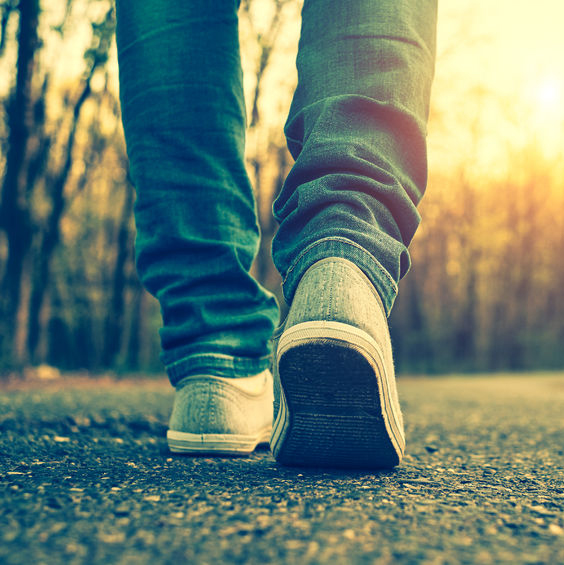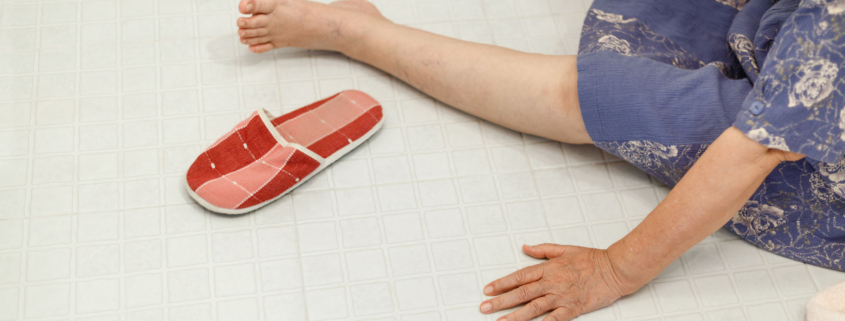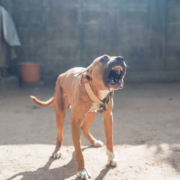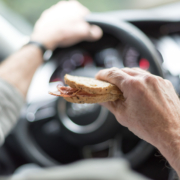When Walking The Walk Leads To Slipping And Falling
The statistics by now are well known: accidents that involve falling down are the leading cause of emergency room visits each year in the United States. (Specifically, they lead to more than 8 million ER visits, representing 20% of all such visits.)
For individuals over the age of 65, these incidents are especially dangerous. According to the National Floor Safety Institute, more than 15,000 senior citizens perish as a result of falls in some years. For individuals between the ages of 65 and 84, falls are the second-leading cause of injury-related death; they are the leading cause of injury-related death for individuals over 85. This is significant, as one in three seniors experience a fall each year.
How to stay safe
 A recent article in the New York Times details some means by which individuals can practice walking more safely. The article is intuitive, just as walking itself is an intuitive activity, but nevertheless serves as a potent reminder of how easy it is to avoid harm.
A recent article in the New York Times details some means by which individuals can practice walking more safely. The article is intuitive, just as walking itself is an intuitive activity, but nevertheless serves as a potent reminder of how easy it is to avoid harm.
The article emphasizes the importance of slip-resistant shoes. Rubber and neoprene soles are optimal, whereas shoes with plastic or leather soles tend to be highly linked with fall accidents. This is just as important indoors as it is outdoors. (“Always wear shoes or slippers with nonskid soles,” the article says, “never just socks unless they have nonslip grips.”)
It’s also suggested to take smaller steps, bent forward slightly so as to enhance your center of balance. Moving by leaps and bounds is the perambulatory equivalent of biting off more than you can chew. When it comes to staying safe while walking, incrementalism is key.
Falls occur most frequently in the home, and it’s important to remove as many trip hazards as possible from the floors of one’s domicile. Likewise, all spills should be cleaned immediately, so that surfaces don’t become permanently slippery or sticky. Equally crucial for the senior set is to use handrails whenever going up or down stairs, as well as in the shower. (And if no such handrails are in place, it may be time for some minor renovations.)
The article also details some rather complicated techniques for how to fall “the right way.” It’s suggested that, when falling forward, “you twist as you go down to land on a side and then roll over to your back.” Similarly, when falling backward, “tuck your chin to your chest to avoid hitting your head…and keep your arms in front of you.” This is nice advice for those who can keep it in mind, but many fail to remember such tips in the moments of one’s plummet.
Falling: More dangerous than guns
More than 30,000 people die each year as a result of falls. That’s more than three times as many as are killed by guns. Bone fractures are even more common. Given the prevalence of such accidents, it seems wise to have a refresher on safety from time to time before one walks one’s walk.













